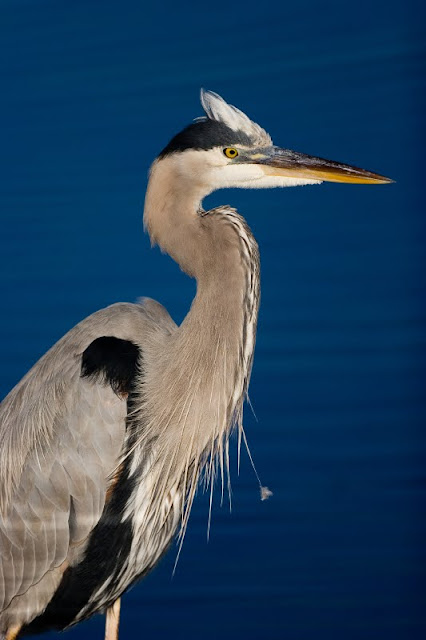Well once we got a camera set up on the nest it was easy to see this was not a Gnatcatcher or a Kinglet.
With the help of a Peterson guide we discovered it was a beautiful "little" White-eyed Vireo and she never took her eyes off of me.
This was shot from behind the nest with the bird facing the other way. he nest was maybe 3.5 in wide and 4.5 in long
the variety of materials and the amount of work that goes into one of these nests always amazes me.






